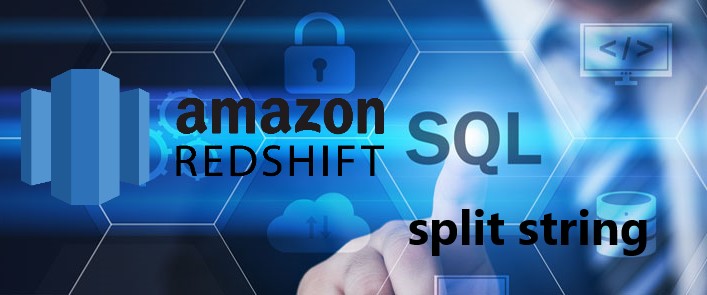
You might be wondering if there’s an easier way to do all of this, one that doesn’t require getting involved with the nitty-gritty of defining table schema, managing security groups and installing SQL client drivers. This guide was adapted from the AWS docs in order to simplify the process for new users, but it still has quite a few moving parts. Installing and configuring a SQL client (if necessary)Īt this point, depending on your familiarity with Redshift, SQL and AWS, your head may be spinning from all the steps involved in this process.Loading data from an S3 bucket using the COPY command.Determining the current and potential future size requirements for your Redshift cluster.Creating an IAM role for your Redshift instance.It may seem like a lot all together, but setting up Redshift boils down to a few steps that are fairly straightforward on their own: Play around with whatever data you’d like in your new Redshift instance. After that, you’ll have a table in your database named users, and you can start running SQL queries.įor example, suppose you wanted to see how many users in each city like broadway (Postgres dialect):īut don’t stop there. You can copy it directly from the IAM roles section of your AWS console. It should have a structure something like arn:aws:iam::123456789012:role/myRedshiftRole. Make sure to change the value of aws_iam_role to whatever ARN you defined on your end before running this command. This is because the most straightforward way to pull S3 data into our Redshift cluster is by using the COPY command, like so:Ĭopy users from 's3://awssampledbuswest2/tickit/allusers_pipe.txt' Next, we’ll need the name of the IAM role (AKA the ARN) we created for our Redshift instance at the beginning of this tutorial. Userid integer not null distkey sortkey ,

You should see something that looks like this:

Your cluster will likely take a few minutes to spin up, but you can monitor its status by going to the clusters pane of the Redshift dashboard. Select it from the drop-down list and select Launch cluster in the bottom right of the launch screen. This is where you’ll attach the IAM role you created earlier. At the bottom of the list, you’ll see Available IAM roles.
REDSHIFT DATABASE PASSWORD
It’s worth noting, however, that resizing your Redshift cluster will involve some downtime during which you won’t be able to take in new data, so keep your future needs in mind if you’re using this guide to set up a cluster you think you might be using for some time.įor the purposes of this tutorial, stick with the default Master user name (“awsuser”) and set your own password for the cluster. As the size of your data grows, you will need to add nodes to your cluster. Of course, depending on your needs, you might need a larger and/or more powerful cluster. Unless you need something bigger, leave the Node type (default is dc2.large) and number of compute nodes at the default values.


 0 kommentar(er)
0 kommentar(er)
